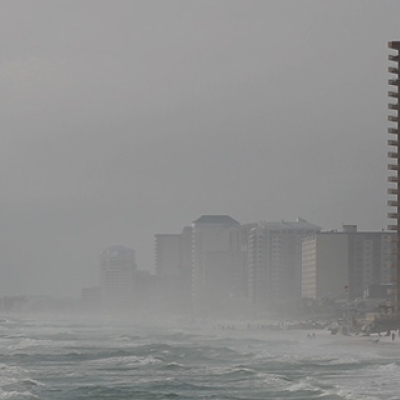
Why do coniferous trees in the Pacific Northwest grow so fast, so large, and live so long?
By Richard Waring, Joe Landsberg / On August 23rd, 2022
When we were growing up, we thought that the only really tall trees in the western U.S. were giant redwoods in northwestern California. It wasn’t until Richard moved to Oregon in the early 1960s that he discovered not only are redwoods exceptionally large, but that all the conifers (e.g., spruces, firs, cedars, hemlocks, and pines) grow taller and can live longer than their relatives elsewhere in the world (see Table 1).










